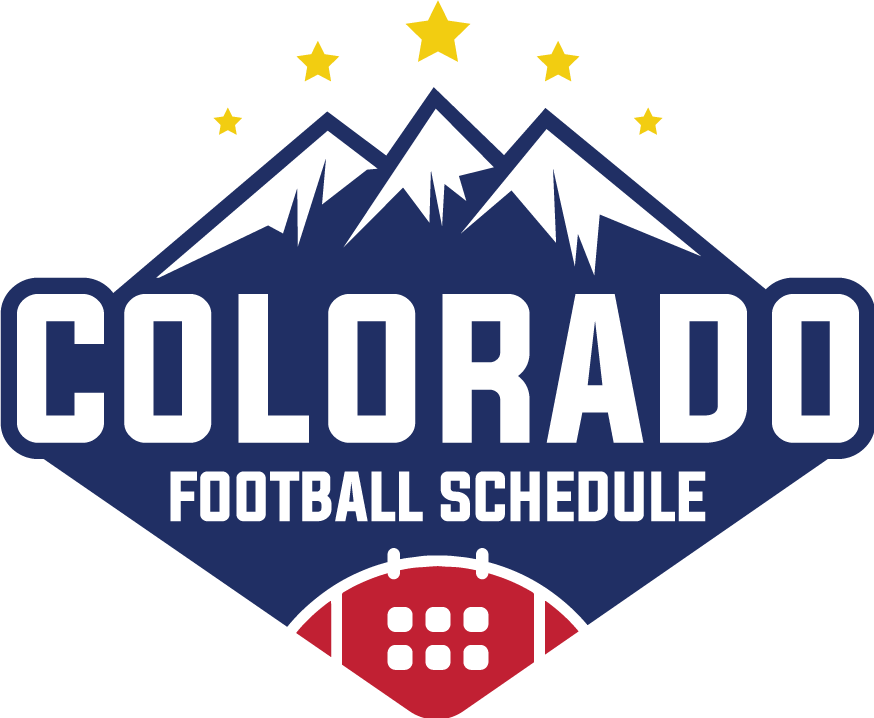A Plain-English Guide to Red-Zone Stats and How They Can Win Your League
Introduction
Scroll through any fantasy football site and you’ll spot a short, mysterious label: RZ. Sometimes it sits beside passing attempts, sometimes next to rushing touches or targets. New managers often shrug it off, thinking it’s just another advanced metric. In reality, those two letters—short for “red zone”—unlock one of the clearest shortcuts to fantasy points.
This article unpacks every angle of the red zone in language anyone can understand. We’ll cover what the red zone is on an NFL field, how fantasy platforms record RZ data, why it matters for each position, and—most importantly—how you can use it to draft smarter, manage your roster better, and dominate weekly lineups. No complicated formulas, no insider buzzwords—just practical knowledge you can start using today.
The Red Zone in Real Football: A Quick Refresher
In gridiron terms, the red zone is the area between an opponent’s 20-yard line and the goal line. Drives that reach this part of the field usually end in a score because:
- Field Shrinkage – Defenses have fewer yards behind them, which changes coverage schemes.
- Play Calling – Offenses dial up high-leverage runs, fades, and quick passes tailored for short distances.
- Urgency – Coaches pull out their best goal-line packages, and players know every snap is precious.
Because touchdowns are so common here, football analysts paint the numbers on TV graphics in red, leading to the nickname.
How Fantasy Platforms Track RZ
Fantasy sites translate real football actions into points. To do that, they mark every snap that starts inside the red zone. From there, they flag three core stats:
| Stat Label | What It Tracks | Why It Matters in Fantasy |
|---|---|---|
| RZ Attempts (QB) | Passes thrown from the red zone | Each throw near the goal line could be a touchdown pass (4–6 points, plus yardage). |
| RZ Touches (RB) | Carries or direct snaps | Goal-line carries often become six-point rushing TDs. |
| RZ Targets (WR/TE) | Passes directed to a receiver | One short catch in the end zone means an instant spike in scoring. |
Some platforms also show RZ Efficiency—the percentage of these tries that actually turn into touchdowns. Both raw volume and efficiency influence fantasy value.
Why RZ Data Matters for Different Positions
Quarterbacks
- Passing Attempts Inside the 20: Even low-yardage throws can rack up six quick points.
- Designed Runs: Mobile quarterbacks who keep the ball at the 5-yard line are free points machines.
- Play-Action Specialist vs. Scrambler: Knowing how a quarterback’s team behaves near the goal line helps predict red-zone outcomes.
Running Backs
- Goal-Line Back or Committee Member? Some teams rotate backs until they cross the 20, then bring in a bruiser. That bruiser often sits quietly on waiver wires—pure gold.
- Snap Share Shift: Injuries or coaching changes can suddenly funnel goal-line touches to a different runner mid-season.
Wide Receivers & Tight Ends
- Tall Targets: A 6ʹ5″ tight end might tally only 60 catches all year, but if 15 of those are red-zone looks, you’re laughing.
- Slot vs. Perimeter: Slot receivers sometimes vanish inside the 10 because the field edges disappear; outside receivers running fades gain value.
Kickers & Defenses
- Field-Goal Attempts: Drives that stall at the 18-yard line give kickers easy three-point tries.
- Turnover Potential: Short fields raise interception odds for defenses if the offense gets desperate.
Reading RZ Stats on Your Draft Board
Spotting Goal-Line Workhorses
Check last year’s RZ Touches list. If a running back logged 40+ carries inside the 20 (and the roster hasn’t changed), stash him high on draft day. Touchdowns follow volume.
Balancing Volume vs. Efficiency
A receiver with ten RZ targets and six touchdowns looks efficient, but keep an eye on context. Maybe three scores came in one game. Meanwhile, another receiver recorded 15 RZ targets but only two touchdowns—yet volume hints at positive regression.
Weighted Opportunity
Some analysts combine RZ carries, targets, and overall usage into a single figure. Even without formulas, you can approximate: Touches inside the 10 > touches inside the 20 > touches outside the 20. Give players credit accordingly.
Using RZ Trends During the Season
Waiver Wire Gems
When a star runner tweaks an ankle, backfield touches scramble. Scan weekly red-zone reports on Tuesday morning. If a backup suddenly handled every carry inside the 10, grab him before opponents notice.
Trade Targets
Look for players with plenty of snaps but poor luck. A tight end who saw eight RZ targets yet scored only once is a perfect buy-low candidate.
Weekly Start/Sit Calls
Matchups matter. Some defenses tighten up inside the red zone (low TD conversion rate), while others crumble. If your running back faces a defense ranked 30th in red-zone stops, lean into him even if yardage projections seem light.
Daily Fantasy (DFS) and RZ Upside
One-day contests reward touchdown spikes. RZ stats point you to cheap players likeliest to score:
- Backup Tight Ends with red-zone snap percentages above 40 %.
- Budget Running Backs on teams favored by Vegas to win big (more late goal-line chances).
- Mobile Quarterbacks priced below the elite tier but averaging four or more RZ carries per game.
Stacking a quarterback with his preferred end-zone target amplifies ceiling games.
Common Misconceptions About RZ
- “Every big-play receiver thrives in the red zone.” Not true—speedsters often lose space; bigger-bodied teammates take over.
- “Volume outside the 20 is enough.” Forty-yard receptions are thrilling, yet touchdown equity usually swings fantasy matchups.
- “Defense ranking alone predicts RZ success.” Scheme counts: even strong defenses can allow scripted red-zone touchdowns if the offense’s personnel matches well.
Practical Tools and Resources
- League Stat Pages: Most mainstream sites allow filters like “Inside 20,” “Inside 10,” and “Inside 5.”
- Team Play-Calling Reports: Many blogs chart run-pass splits near the goal line on Monday.
- Coach Press Conferences: Listening to coordinators discuss red-zone struggles tips you off to lineup adjustments before they surface in the box score.
Putting It All Together
Picture two running backs on draft day:
Back A had 1,000 rushing yards but just 6 carries inside the 5-yard line last year.
Back B had only 750 rushing yards yet logged 16 carries inside the 5.
If touchdowns are six points in your league, Back B’s path to fantasy stardom is clearer—even with fewer total yards. That simple example shows why RZ is arguably the most actionable split in fantasy football.
During the season, keep one eye on weekly snap counts and another on red-zone scatter plots. Notice a rookie receiver earning first-read looks from the 12-yard line? Add him before others catch on. See a quarterback suddenly losing goal-line sneaks to a gadget player? Adjust expectations.
Final Thoughts
In fantasy football, plenty of stats sparkle—air yards, broken tackles, even wind speed at kickoff. Yet few numbers translate to raw points as directly as red-zone usage. Whenever you spot the RZ label, read it as “real scoring chance.”
Use it on draft night to prioritize goal-line volume. Track it every Tuesday to snipe waiver pickups and craft trade offers. Consult it on Sunday morning when you agonize between two flex options. Do that, and you’ll put yourself in position to celebrate far more touchdowns—and, in turn, far more weekly wins.
Remember, winning fantasy isn’t about memorizing arcane spreadsheets; it’s about focusing on the moments on the field that actually crown your team with points. The red zone is exactly that slice of turf. Learn how it works, and watch your virtual trophy case grow.


Leave a Reply